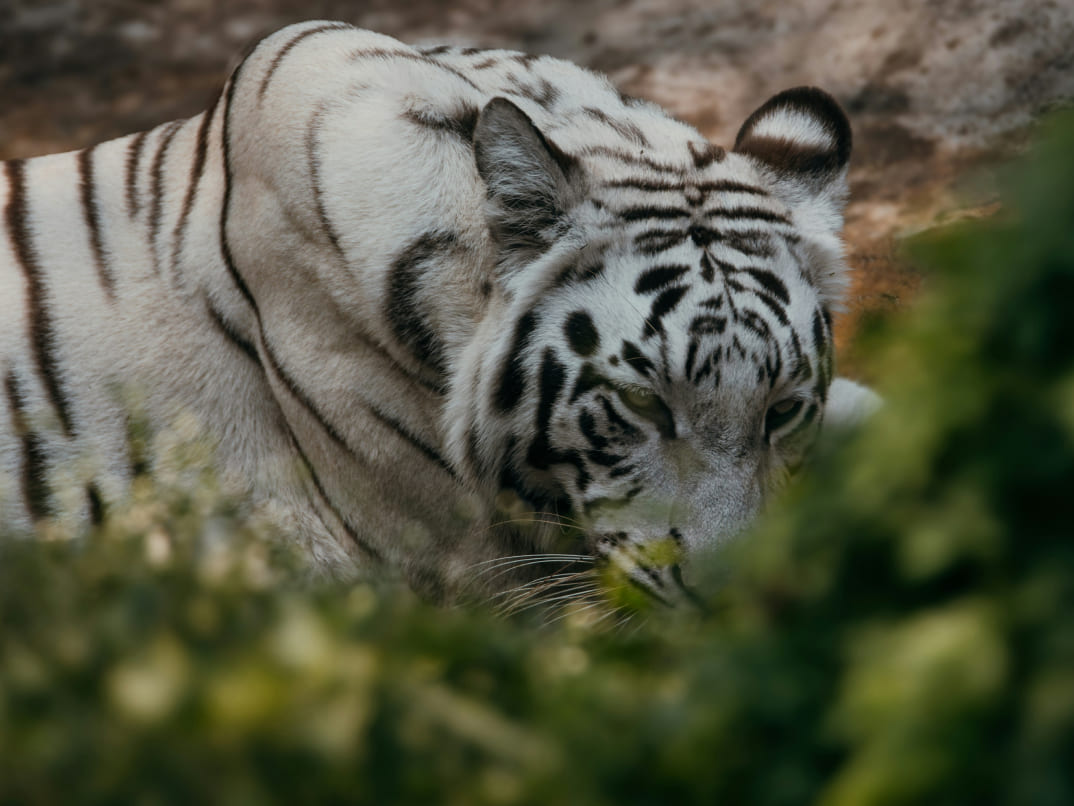
White Tiger: The Rare Phantom of the Wild
The white tiger (Panthera tigris tigris) is not a separate species but a rare genetic variant of the Bengal tiger, characterized by its striking white coat with black or dark brown stripes. This unique appearance is due to a recessive gene that causes the lack of orange pigmentation. Found in captivity and occasionally in the wild, white tigers are a symbol of both beauty and conservation challenges.
In the wild, white tigers are primarily carnivorous, preying on deer, wild boar, and other herbivores. Their white coat, while mesmerizing, can be a disadvantage in the wild due to reduced camouflage in forests and grasslands. White tigers have been the focus of breeding programs in captivity, but these efforts often lead to inbreeding, causing health problems such as deformities or reduced fertility.
Conservationists emphasize the importance of protecting all tiger species and their natural habitats, rather than focusing on the breeding of white tigers, which are primarily a human fascination rather than an ecological necessity.




